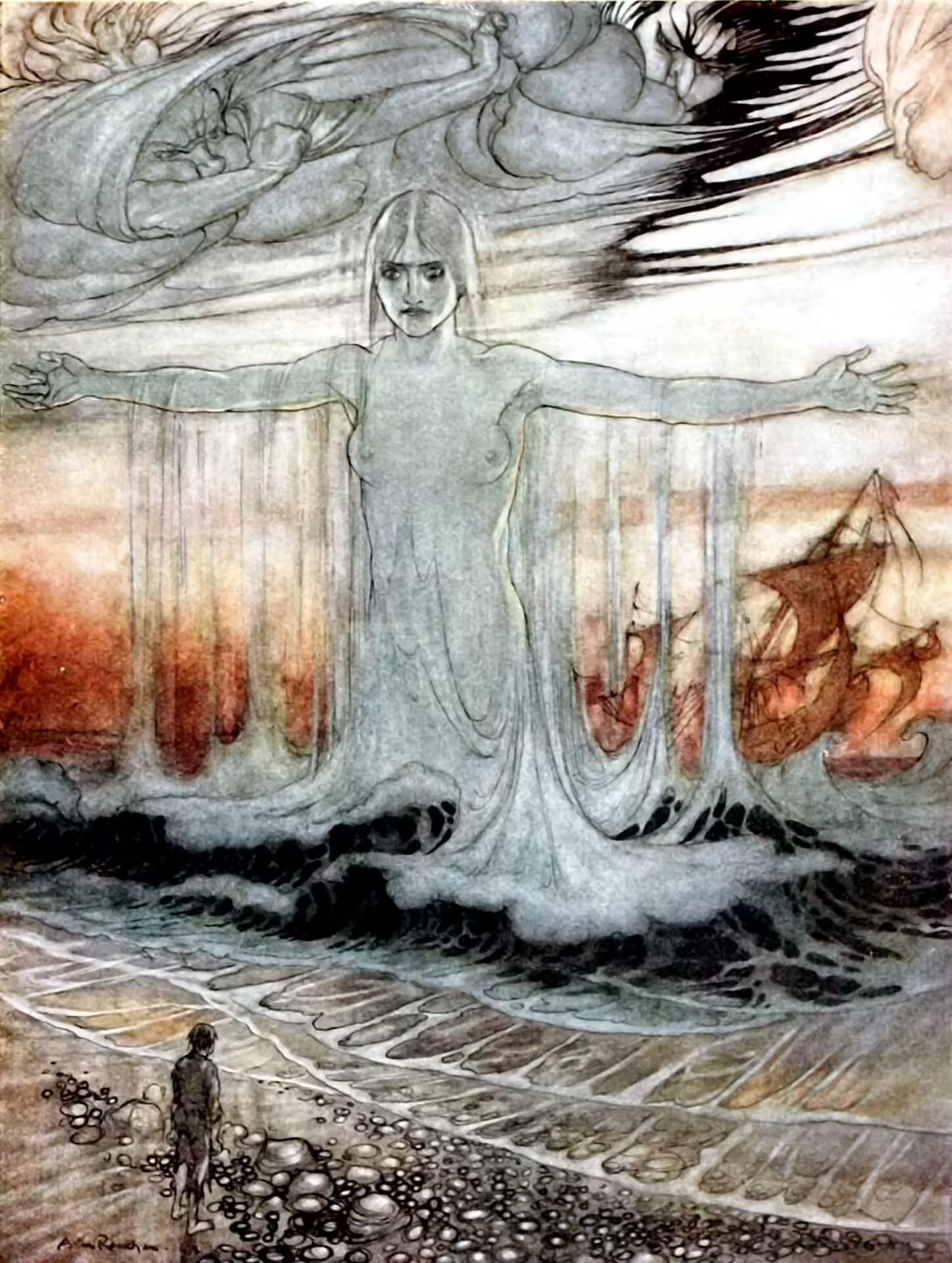Oceanography
2024-08-12 — 2024-08-12
Wherein the ocean is treated as a spatiotemporal system and the modelling of surfzone and tsunami waves by the FUNWAVE‑TVD fully nonlinear Boussinesq solver with shock‑capturing breaking and wetting‑drying is described.
One of the really big spatiotemporal systems: the ocean. Pairs with atmospheric science and computational fluid dynamics.
UNWAVE–TVD is the Total Variation Diminishing (TVD) version of the fully nonlinear Boussinesq wave model (FUNWAVE) developed by Shi et al. (2012). The FUNWAVE model was initially developed by Kirby et al. (1998) based on Wei et al. (1995). The development of the present version was motivated by recent needs for modeling of surfzone–scale optical properties in a Boussinesq model framework, and modeling of Tsunami waves in both a global/coastal scale for prediction of coastal inundation and a basin scale for wave propagation.
This version features several theoretical and numerical improvements, including:
- A more complete set of fully nonlinear Boussinesq equations;
- Monotonic Upwind Scheme for Conservation Laws (MUSCL)–TVD solver with adaptive Runge–Kutta time stepping;
- Shock–capturing wave breaking scheme;
- Wetting–drying moving boundary condition with incorporation of Harten-Lax-van Leer (HLL) construction method into the scheme;
- Lagrangian tracking;
- Option for parallel computation.
The most recent developments include ship-wake generation (Shi et al. 2018), meteo-tsunami generation (Woodruff et al. 2018), and sediment transport and morphological changes [Malej, Shi, and Smith (2019),WoodruffEstimating2018
